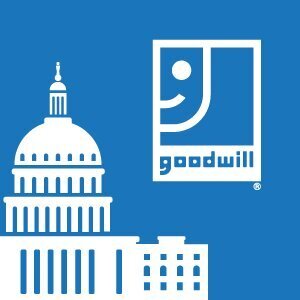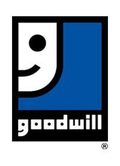by Sam Ast
This blog is part three of our look at the “American Opportunity Survey”. For this segment, we will focus on the nature of the current job market, along with what it does — or does not — have to offer to today’s youth. If you’re interested in learning more about this topic, continue reading.
Current Employment Rates
According to the U.S. Bureau of Labor Statistics July 2025 report, the unemployment rate is currently around 4.2%, or 7.2 million people, though the overall number of jobless is likely higher after accounting for those who want to work but aren’t actively looking for employment. Included in this statistic are about one million individuals looking for their first job — a metric separate from those stuck in an all too common cycle of job gains and job losses or the chronically unemployed.
Despite the roughly 21 million youth, aged 16-24, who were working during the peak summer months of 2025, 2.5 million from this same population remain unemployed. The current youth unemployment rate is about 11% — a rate much higher than that of other demographic groups. It is from this viewpoint that we can analyze the work landscape that our country’s newest and youngest job applicants are entering.
Even though manufacturing, healthcare and data processing positions (that is, heavily scientific and tech-influenced industries) are forecasted to do well in the future in terms of job relevance and demand for labor, graduates and young job seekers in the upcoming years are still likely to face hurdles. As we have seen, the economy will continue to rapidly move and morph over time, and the employment atmosphere will indelibly fluctuate wildly.
Entry-Level Roles
There are many reasons youth have reason to be worried about their economic fates. The key building blocks of living a comfortable life are dependent on the ability to financially support oneself. To do so, one needs an employer or someone to pay the bills. The declining availability of entry-level roles and a lack of the skills needed make it all the more difficult for young people to expect that they will be allowed the same type of life, ideally better, than those who came before.
Beginner roles are not solely intended to fill a labor need but also give employees chances to operate in new environments and build their résumés, confidence and the competencies that will enable them to look for better jobs down the line. Too often, companies are not willing to take a chance on someone without an established reputation or demonstrated professional-level abilities. This leads to youth obtaining temporary, unsafe, low-quality, high-turnover work — or no work at all.
Yet another reason youth are struggling to gain the strong foothold needed to set out on a positive, healthy and productive life is due in large part to the absence of an established professional network to lean on for support and guidance past school-age years, where young adults regularly find assistance and gain wisdom from teachers and other mentors. This can lead to unequipped people entering the fray alone, unable to navigate looking for, applying to and doing well at work. It is taxing enough to contemplate ways to maneuver within a new environment shrouded by the looming specter of AI and with the knowledge that many of the lower-level STEM jobs that students have been ushered into for years have become obsolete.
Instead, job seekers should feel emboldened and empowered to search for work and share their talents. It is crucially important for younger folk to understand these emerging and useful technologies — and even work from within to advance their capabilities, safety and accessibility. These sectors (caregiving, data processing, clean energy, engineering and manufacturing) can serve as great places for workers to get involved. However, it would be unwise to assume that this type of work will always be around or as available and lucrative as they are now. Remember to diversify your skillset and embrace learning new things.
Changing World of Work
There is yet another thick layer of smog adding to the already comprehensive dark cloud of challenges facing aspiring youth workers, and that is the changing views of work. Work-life balance, professional development opportunities, desire for more creative and personalized outlets with the potential to lead to paid work, remote work situations, demand for higher wages, unionization efforts and much more all impact the labor market and one’s capacity to find enjoyable work.
These ideas, while gaining in contemporary popularity and acceptance, have actually been around for quite some time. Nonetheless, after the global pandemic in 2020, citizens all over the world caught a glimpse of alternative ways of life that have proven hard to forget. This alternative universe does not include clocking in for eight hours and sitting at a cubicle or standing stationary at an assembly line conducting repetitive tasks every day. Instead, new ideas were once again brought to the forefront surrounding educational instruction, telecommuting for healthcare and accommodating offsite work. Years later, there remains a struggle between these two clashing perspectives. A battle of the more traditional and novel has yet to exhaust itself.
Where to Get Support
All of this is why it is important to have support. If you would like additional guidance during your job search or have questions about how to advance your career, look no further than the professionals across the country who staff the Goodwill® career centers.
Goodwill personnel can help you craft your résumé, find employment and provide essential resources and tailored support. This aid can help people overcome barriers and better their outlook and outcomes. What’s more, our career navigators are committed to offering career guidance, skills certification, application help, continuing education assistance, interview preparation and financial aid that can help enable you throughout your journey to find work.
Remember, you are not alone on this journey. If you need assistance or counseling regarding any of your employment needs or questions, we are here for you.

 Build A One-Of-A-Kind Halloween Fit With Our Costume Planner
Build A One-Of-A-Kind Halloween Fit With Our Costume Planner


